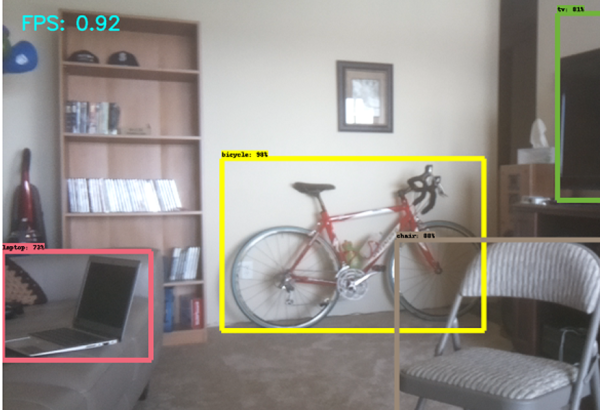Look, I’ve been there too. First the project just prints debug information for a human in nice descriptive strings that are easy to understand. Then some tool needs to log a sensor value so the simple debug messages gain structure. Now your debug messages {{look like : this}}. This is great until a second sensor is added that uses floats instead of ints. Now there are sprinklings of even more magic characters between the curly braces. A couple days later and things are starting to look Turing complete. At some point you look up and realize, “I need a messaging serialization strategy”. Well you’ve come to the right place! Continue reading “The Seedy World Of Message Serialization”
protobuf2 Articles
Object Detection, With TensorFlow
Getting computers to recognize objects has been a historically difficult problem in computer science, but with the rise of machine learning it is becoming easier to solve. One of the tools that can be put to work in object recognition is an open source library called TensorFlow, which [Evan] aka [Edje Electronics] has put to work for exactly this purpose.
His object recognition software runs on a Raspberry Pi equipped with a webcam, and also makes use of Open CV. [Evan] notes that this opens up a lot of creative low-cost detection applications for the Pi, such as setting up a camera that detects when a pet is waiting at the door to be let inside or outside, counting the number of bees entering and exiting a beehive, or monitoring parking spaces at an office.
This project uses a number of other toolkits as well, including Protobuf. It also makes extensive use of Python scripts, but if you’re comfortable with that and you have an application for computer vision, [Evan]’s tutorial will get you started.











